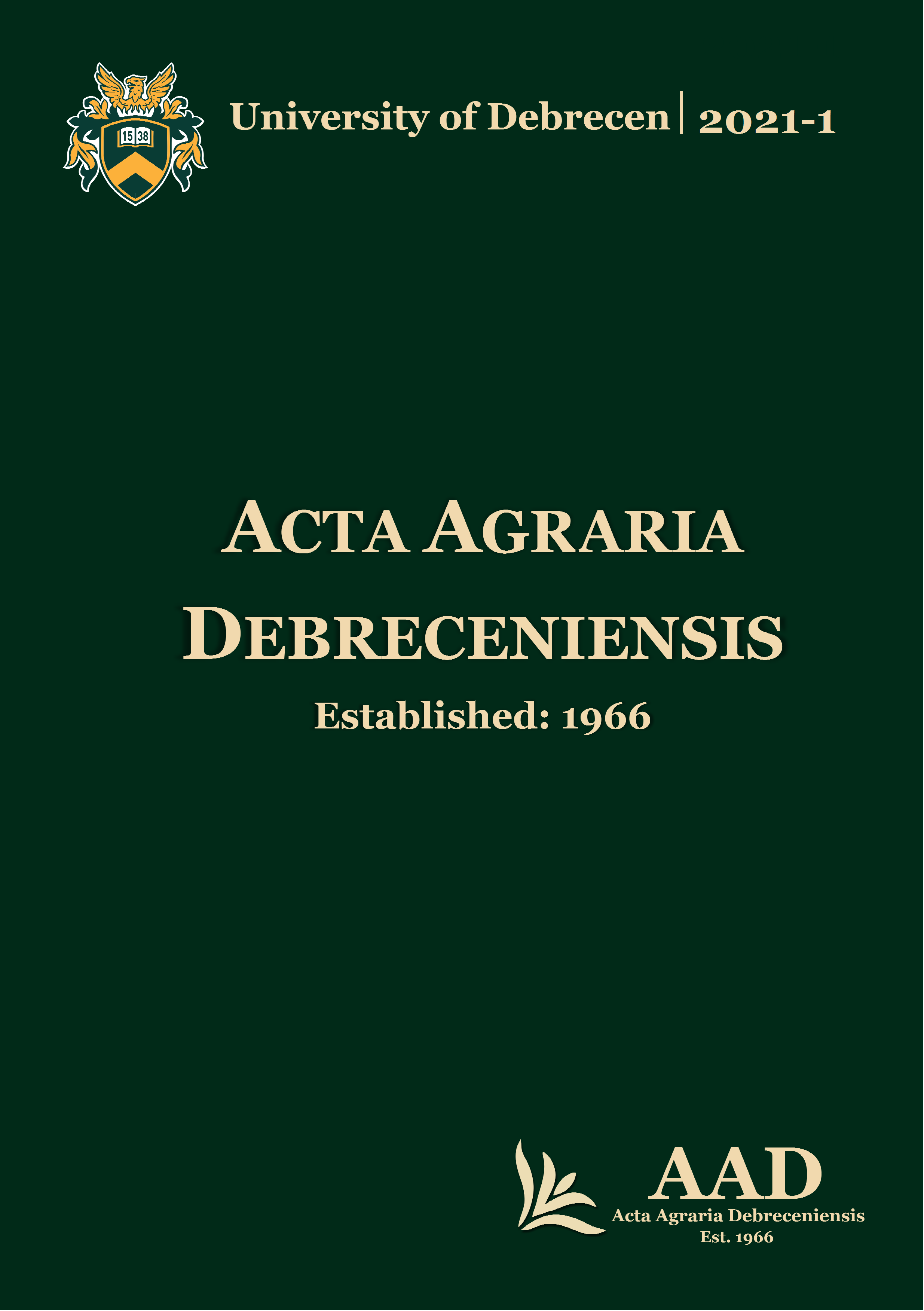Methodology adaptation and development to assess salt content dynamics and salt balance of soils under secondary salinization
Authors
View
Keywords
License
Copyright (c) 2021 by the Author(s)

This work is licensed under a Creative Commons Attribution 4.0 International License.
How To Cite
Accepted 2021-01-19
Published 2021-06-01
Abstract
The effect of irrigation with saline water (above 500 mg L-1) is considered a problem of small-scale farmers growing vegetable crops with high water demand in the hobby gardens characteristic of the Hungarian Great Plain. In order to simulate the circumstances of such hobby garden, we set up an experiment including five simple drainage lysimeters irrigated with saline water in the Research Institute of Karcag IAREF UD in 2019. We regularly measured the electric conductivity (EC) of the soil referring to its salt content and the soil moisture content with mobile sensors. Before and after the irrigation season, soil samples from the upper soil layer (0-0.6 m) were taken for laboratory analysis and the soil salt balance (SB) was calculated. The actual salt balance (SBact) was calculated of the upper soil layer (0-0.6 m) based on the salt content of the obtained soil samples. The theoretical salt balance (SBth) was calculated by the total soluble salt content of the irrigation water and leachates. During the irrigation season, we experienced fluctuating EC in the topsoil in close correlation with the soil moisture content. Based on the performed in-situ EC measurements, salts were leached from the upper soil layer resulting in a negative SB. Combining SBact and SBth of the soil columns of the lysimeters, we estimated the SB of the deeper (0.6-1.0 m) soil layer. We quantified 12% increase of the initial salt mass due to accumulation. We consider this methodology to be suitable for deeper understanding secondary salinization, which can contribute to mitigating its harmful effect. By repeating our measurements, we expect similar results proving that saline irrigation waters gained from the aquifers through drilled wells in Karcag are potentially suitable for irrigation if proper irrigation and soil management are applied.

 https://doi.org/10.34101/actaagrar/1/8326
https://doi.org/10.34101/actaagrar/1/8326